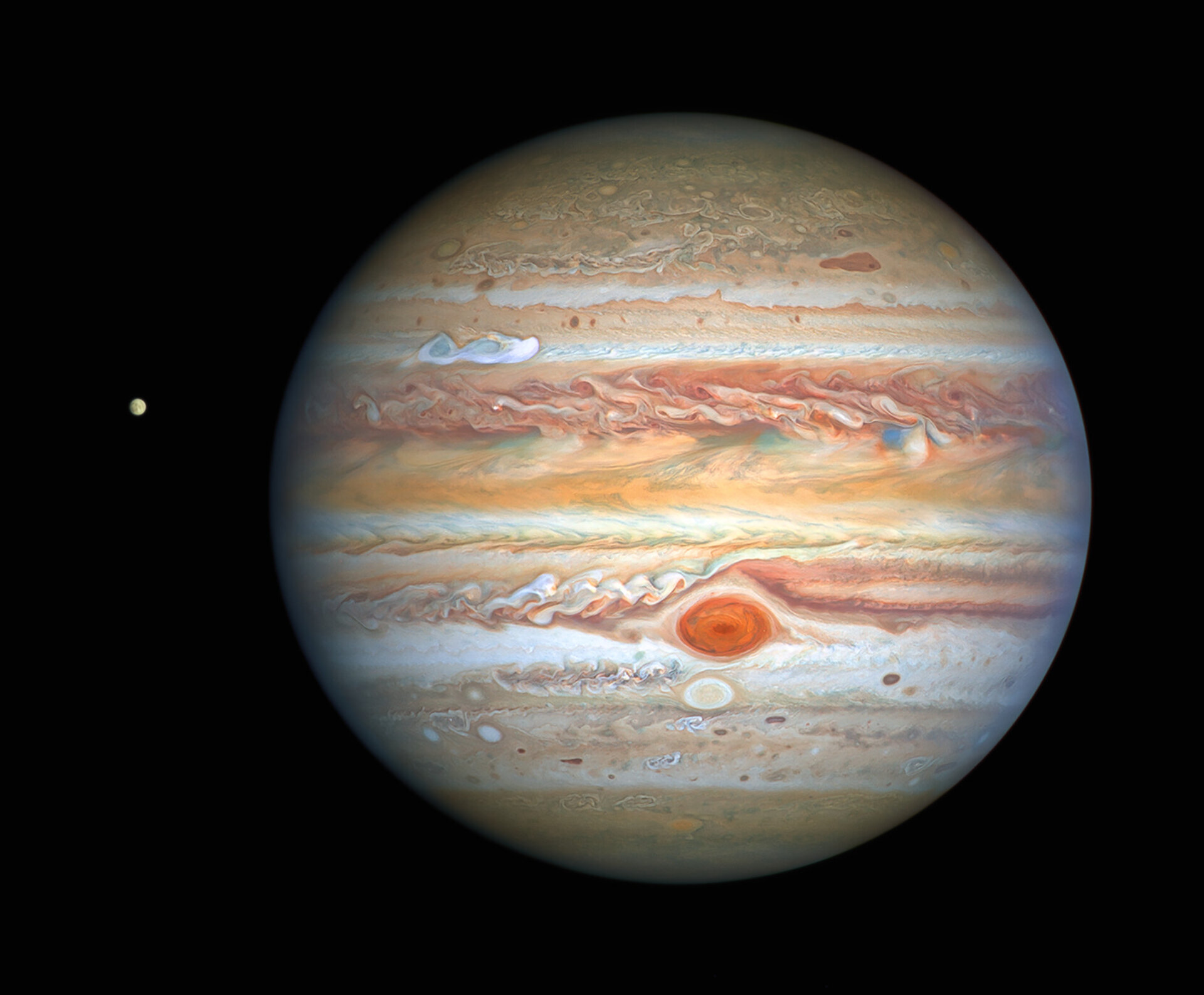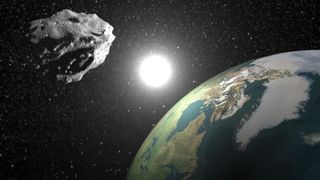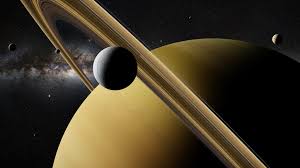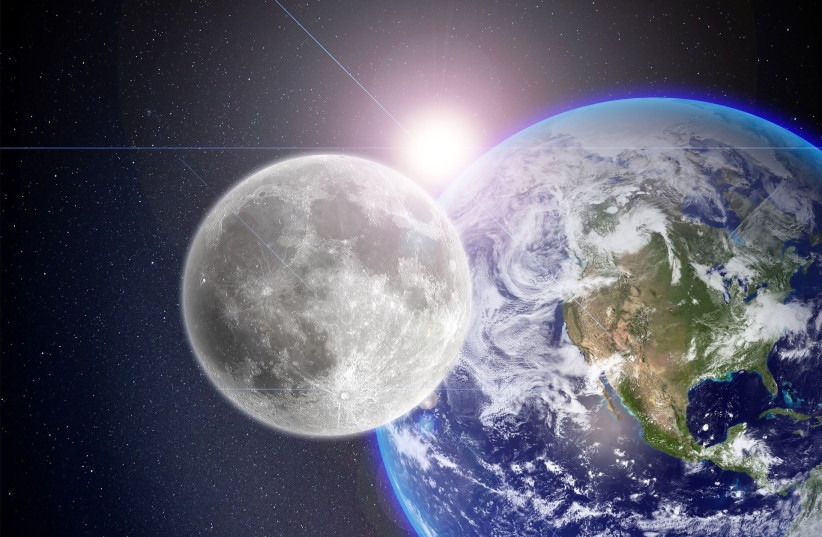Total Moons in Solar System: How many moons can you see at the most? You must be thinking what kind of a question is this, because only one moon is visible from the Earth. But here we are not talking about the Earth but the entire solar system. Our planet has only one moon, but planets like Saturn and Jupiter have many moons. Now if we count the moons present in the entire solar system, then what will be their total number? Let us tell you how many moons can there be in total in our solar system.
\
In fact, there are hundreds, if not thousands, of natural satellites in our neighborhood, ranging from city-sized space rocks to huge spherical bodies that are probably so big that they can be considered planets in their own right. How many moons we have discovered in the solar system so far depends on the definition of the moon.
According to NASA, the International Astronomical Union (IAU) officially recognizes 288 moons orbiting the eight planets of the solar system. But NASA’s Jet Propulsion Laboratory also lists 473 “small body satellites,” or moons of asteroids and dwarf planets. If we count both types, as most astronomers will, that brings the total number of natural solar system satellites to 761 (as of June 2024).
What is a moon?
The simplest definition of a moon is something that is in orbit around a larger, non-stellar object, astronomer Edward Ashton of the Academia Sinica Institute of Astronomy and Astrophysics in Taiwan told Live Science. But even that is not a complete answer. For example, there are currently thousands of man-made satellites in orbit around Earth that meet the stated definition but are not considered moons because they are not natural.
Controversy over what they call moons
Some natural satellites, such as quasi-moons and mini-moons, exist for a short time and do not fully orbit planets. Ring moons, the tiny pieces of rock that make up the rings of planets like Saturn and Uranus, orbit their own planets but are not considered moons. Objects smaller than a few hundred feet across, often called ‘ring moons’ or ‘moonlets’, are also not clearly defined. So they are not considered moons.

There are also points of controversy among the types of moons that are recognized. For example, planetary moons can be divided into two groups – regular moons, which are usually larger and have short, circular orbits close to the centerline of their host planet; and irregular moons, which can be much smaller and have larger, more elliptical orbits around their host planets.
About 20 of the regular moons are also considered giant moons, meaning they are too big to be completely spherical due to their gravity.
How many moons do the 8 planets have?
Starting with the closest to the sun, Mercury and Venus have no moons because they are too close to the giant ball of gas that is the sun. So any potential moons from these planets have been stripped away long ago. Venus has a half-moon, Jujube, but it doesn’t count because it actually orbits the sun, not Venus.
Moving forward, Earth has only one moon. However, Earth also has at least seven half-moons and sometimes has minimoons that last for a year. But these don’t count as moons.

Next is Mars, which has two moons: Phobos and Deimos. Both are just a few miles wide and orbit very close to the Red Planet. Phobos is slowly falling towards Mars and is predicted to collide with it someday.
As we move up to the larger planets, things start to get even more interesting. Jupiter, the largest planet, has 95 moons, including four large moons – Callisto, Europa, Io and Ganymede. Ganymede is the largest moon in the solar system. But Saturn has even more moons. Saturn has at least 146 moons, including six major moons like Titan, Mimas and Enceladus. The ice giants Uranus and Neptune have 28 and 16 moons, respectively, and seven major moons between them.
But these numbers have changed significantly in just the last few years. Since the beginning of 2023, several astronomers have found at least 62 new irregular moons and 12 new Jovian moons around Saturn, as well as two moons of Neptune and a single moon around Uranus.
The number of moons will continue to increase
With the advent of extremely powerful telescopes, the number of moons is expected to continue to increase rapidly in the next few years. If we find more planets in the solar system, the number of moons of the planets may also increase. One such elusive planet is Planet Nine. It is a hypothetical giant planet that may be hidden in very remote areas of the solar system. If this planet exists, researchers have already speculated that it may be surrounded by many moons.

How many moons can there be in total?
NASA’s count of 473 small-body satellites is even more difficult than knowing the number of moons of the planets, because more asteroids are being found all the time. The IAU also estimates that there may be “more than 100” extra dwarf planets in the outer solar system, all of which may have moons.





